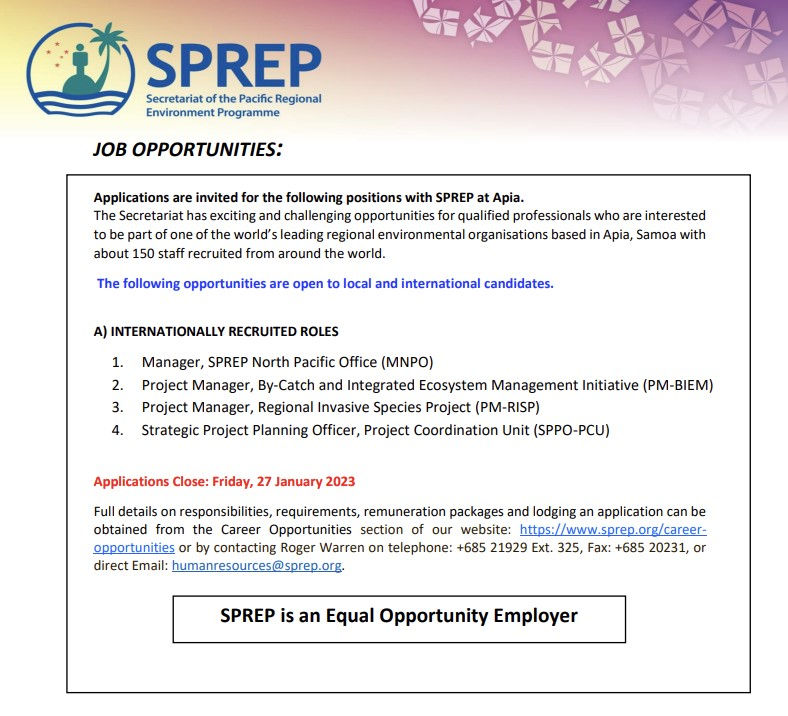Courting Philippine labor
- Admin

- Jan 10, 2023
- 4 min read
Updated: Jan 10, 2023
Guam needs H-2B workers now more than ever

By Mar-Vic Cagurangan
The Filipino migration to Guam dates back to the post-WWII period when the island was undergoing a $379.2 million reconstruction. Guam did not have sufficient qualified local manpower, prompting the U.S. Navy to enter into an agreement with the Philippine government in May 1947 for the recruitment of Filipino citizens to pick up military construction jobs. Thousands of Filipino laborers eagerly migrated to Guam, several of whom made the island their home.
Seventy-five years later, the Philippines remains the main source of manpower for the island’s construction projects, a bulk of which are related to the military build-up. The labor demand is huge and urgent.
Besides military construction, several civilian projects off-base are in the pipeline.
Guam Labor Director David Dell’Isola estimated that Guam will need—and hopes to bring in— about 7,000 to 9,000 in the next several years. “Several companies are ramping up to build affordable housing projects,” he said. “A lot of contractors are frustrated.”
The recruitment process is hampered by bureaucratic delays.
Guam and Philippine officials have begun coordinating on streamlining the hiring process to speed up the deployment of Filipino workers to the island.
Gov. Lou Leon Guerrero said one of the great challenges is to expedite the certification process through the office formerly known as the Philippine Overseas Labor Office, which has since been replaced by the Department of Migrant Workers Office.
“We talked about the possibility of having a labor attaché here, or in the Philippines, because the one we are working with is in L.A. The distance is really a big challenge,” the governor said at a Dec. 14 press conference in Adelup, where she was joined by a Philippine delegation. “It would help our contractors and the H2B workers to move on with our construction projects.”

In 2015, the local construction industry suffered an acute labor shortage when the federal government removed Guam’s exemption from the 66,000 annual H-2B visa cap nationwide and stopped processing petitions from local contractors. By 2017, the number of H-2B workers went down to practically zero.
The lifting of the quota exemption for Guam was exacerbated by the Department of Homeland Security’s decision in 2019 to ban the Philippines from the H-2B program, citing the country’s high rate of visa overstay and high volume of human trafficking.
The Department of Homeland Security lifted the ban on Philippine labor in 2021, reinstating the country's eligibility for the H-2B program. The department noted that the Marines’ relocation from Okinawa to Guam and the $12 billion construction projects linked to the move required a sizeable workforce that could not be sustained by the local workforce.
ADVERTISEMENT

Federal officials thus determined the Philippines' inclusion in the H-2B non-immigrant visa program "is in the U.S. interest."
“The military buildup is overwhelming in terms of demand for construction workers. We have our own civilian projects that we also need to get going to expand our economy and grow our capacity for the prosperous coming years,” Leon Guerrero said. “Although we use our local talent, the demand is so much that we do need the help of our Filipino brothers and sisters.”
The governor noted that the federal government’s previous ban on Philippine labor was “based on the concerns about human trafficking and overstays.” These issues, she noted, were not a concern for Guam. “Our Department of Labor goes out there to investigate the working areas to make sure the H-2B workers are documented and to make sure the contractors who hired them are following local and federal laws.”
ADVERTISEMENT

Filipino Congressman Ron Salo, who headed the Philippine delegation to Guam last month, said the U.S. territory is a preferred destination for Filipino workers. Besides the close cultural ties between Guam and the Philippines, he said the territory is known to be compliant with American labor standards that “respect human rights and follow labor laws.”
“Definitely, there are so many benefits for Filipino migrant workers to consider Guam a priority,” Salo said.
Labor export has been one of the Philippines’ main industries since the government launched an overseas employment program in the 1970s. Around three million Filipinos are working abroad, remitting around $35 billion a year, accounting for 8.9 percent of the Philippines’ gross domestic product. Steady flows of remittances have become the country’s lifeline.
“We simply need to make sure that the laws of the Philippines as well as those of Guam and the U.S. are in sync,” Salo said. “At this point, we don’t see any disparities. We just need to make sure that the hiring processes are effective.”
ADVERTISEMENT

But there are federal regulations that Guam needs to deal with. In 2018, the National Defense Authorization Act authorized the USCIS to approve up to 4,000 H-2B visa applications, but only for projects that are related to the military buildup. In the succeeding years, the federal government further eased the hiring restrictions and expanded the lot to include civilian projects designated as “directly connected to, associated with or supporting” the military realignment program.
The 2021 NDAA provided the USCIS with more flexibility to approve guest worker petitions for projects deemed “adversely affected” by the labor shortage due to the military realignment on Guam. But the rule is good only until 2024.
“We will lobby to have that extended to 2029,” Lt. Gov. Josh Tenorio said. “That will be the rapid military buildup,” he said. “There’s a lot of work to be done. Even though the governor continues to lobby for greater flexible language (in the NDAA), we need to showcase projects that are related to military buildup or adversely affected (by labor shortage).”
Subscribe to
our digital
monthly edition






